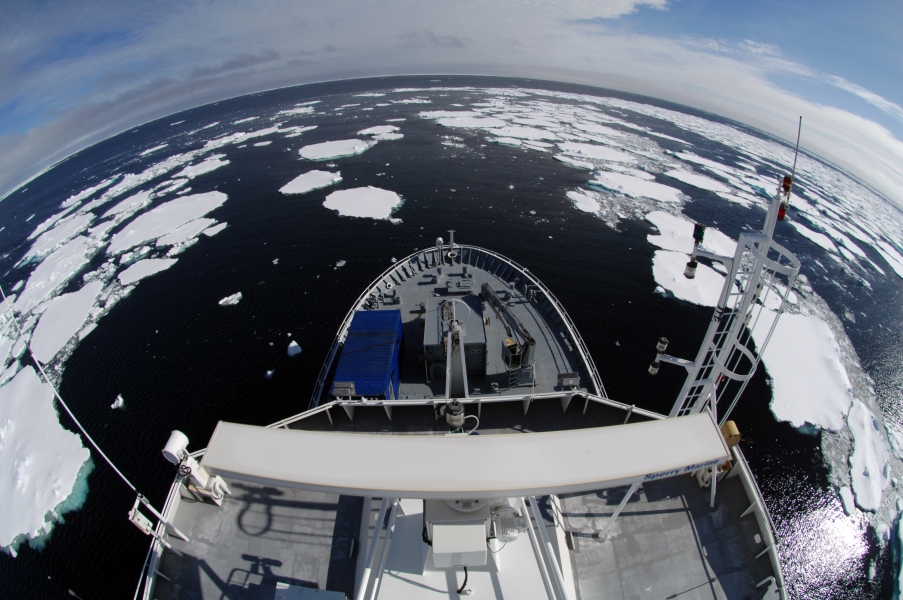An international team of scientists has been studying bacteria that live in Arctic and Antarctica waters.
NIWA's Marine Microbiologist, Els Maas says, "The polar regions often are described as being mirror images of one another so we were expecting the bacteria populations to be comparable".
However, genetic sequencing has shown that 75 per cent of the bacteria found in the surface coastal waters are unique to either the Arctic or Antarctica. The differences are not nearly so marked in deeper waters and the scientists believe that freshwater from glaciers and streams to the Arctic and Antarctica appears to be responsible for the difference.
One of the most notable differences in environmental conditions between the two polar oceans is freshwater input. In the Antarctica, glacial meltwater accounts for most of the freshwater that flows into the systems. In contrast, the Arctic ocean receives much more freshwater from several large rivers with huge continental drainage basins, in addition to glacial meltwater.
Dr Maas says, "It's important to study bacteria because we don't understand much about their diversity, especially how they contribute to the food web. Bacteria are important in recycling nutrients and making these available to larger plants and animals."
The scientists compared samples from coastal and open oceans, between winter and summer (2000-2008), to test whether or how environmental conditions and dispersal patterns shape communities in the polar oceans. Samples were processed using a DNA sequencing technique called pyrosequencing, involving more than 800,000 sequences from the 92 samples.
The New Zealand samples were collected as part of the New Zealand Government-funded IPY-CAML (International Polar Year Census of Antarctic Marine Life) research trip to the Ross Sea in 2008 on board NIWA's research vessel Tangaroa. The NIWA samples were the southern-most samples analysed.
The collaborative research was the result of an international effort coordinated by Dr Alison Murray, Desert Research Institute, USA. It involved national polar research programs from six countries -Canada, France, New Zealand, Spain, Sweden and the United States. Support for the work also came from the Sloan Foundation's Census of Marine Life program and the International Census of Marine Microbes, which developed the approach and conducted the sequencing effort.
For comment, contact:
Dr Els Maas Marine Microbiologist, NIWA
Dr Alison E Murray Desert Research Institute, US
Peter West National Science Foundation (NSF)

